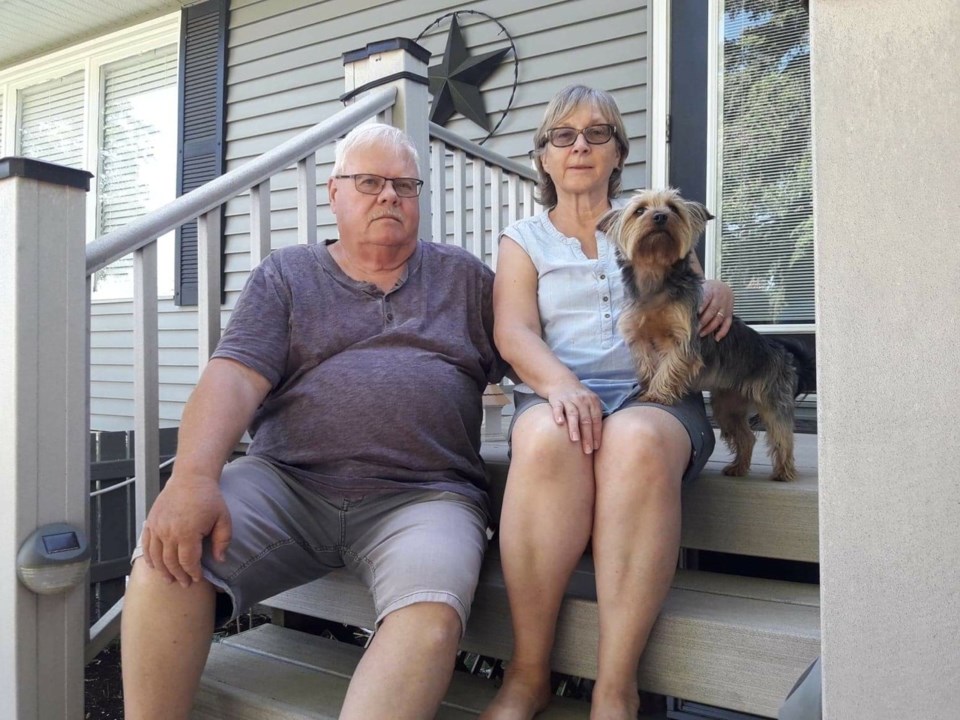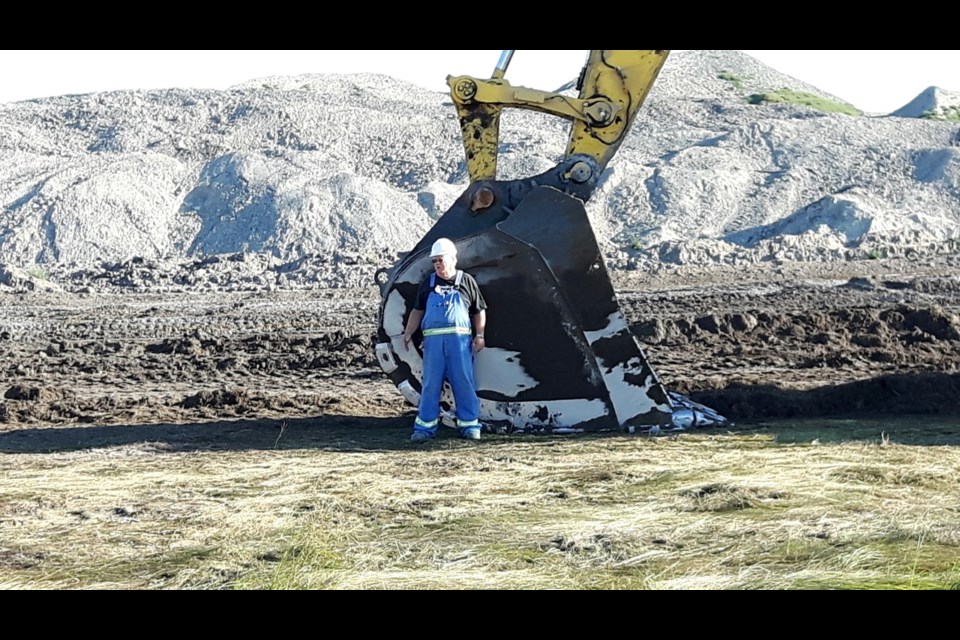Mining was not only a big part of Brian Gunness’ life, but it’s been an important part of his family, too.
The local resident retired on Dec. 28, 2019, after a career that started in June 1966. There was a break of several years, after he was laid off in the spring of 1968, but when he returned in 1972, the mines would become his work home for more than 47 years.Â
“I could have come back in 1970, but I didn’t. I had a full-time job, and the mines couldn’t tell me if it was permanent or not. But I came back in 1972,” said Gunness.
That full-time job away from the mines in the late 1960s and early 1970s was at a lumber yard. When the mines came calling in 1972, he decided to return because he had a child already and the wages were better at the mines.
Gunness’ introduction to life at the mines came long before he started working there. His dad, Clyde, worked as a miner for more than 30 years, and the Gunness family lived near the old M&S Mine Site, in a community created for the mine employees. Â
It wasn’t a great paying job at first, but by the time he retired, the wages were pretty good and the work was really good. The people and the nature of the work kept him in the mining industry for so long.
“When you get seniority, you can bid on doing different things. You’re not just stuck at doing one thing day after day.”
During his career, he operated a dozer for many years, and “played around” with a grader and a scraper. Gunness spent time as a coal hauler, and he was a drag line oiler and operator. His final years at the mines were spent operating a backhoe.
In other words, he was able to work with all sorts of big machinery, and provide the material that fuels so much of the province’s power grid.
Safety and technology have gone through the biggest changes. Back in 1966, safety wasn’t anywhere near what it is now, although people were very careful around the mine site.
The equipment has come a long ways as well.
“Everything that they do there is safety-conscious, where before it wasn’t. The hours are longer, because you work more than eight-hour shifts. Now they’ve changed it to a 10 1/2-hour (shifts), and some work a 12-hour. It’s changed a lot since the old days.”
But those changes are for the better. The equipment is more operator-friendly.
“Back then, the equipment was just hang on,” he said with a laugh.

Gunness decided to retire now because of back pain. His L1, L5 and L6 vertebrae are troubling him, and his lower back has arthritis, so he couldn’t take the wear and tear of the job any longer.
While he says his age told him it was also time to retire, he believes he could still be working if it weren’t for the back woes.
“I loved the job I did with the trackhoe, and I enjoyed doing the work and I enjoyed working with the guys that I worked around. But my back gave out, and that was it, so I had no choice.”
His son, Christopher, has been working at the mines, too, but has a long ways to catch his dad’s tenure; Christopher has only been at the mines for a little more than 20 years.
“In fact, when I went off on sick leave, he bid my job and got it on the trackhoe. He’s enjoying that. It’s a straight day job, so he loves it. The midnight shifts were hard on him,” said Gunness.
Gunness didn’t push his son to work at the mines, nor did he try to dissuade him, but he was happy to see his son become a miner.
“There’s equipment, so you’re not out in the winter doing jobs and stuff. And he’s got air-conditioning for summer, so he’s enjoying it,” said Gunness.
When Gunness retired last year, he believes he was the longest-serving employee at Westmoreland Mining Holdings LLC’s Estevan mine site. There hasn’t been a chance for the mines to recognize him for his retirement because of COVID-19.
If he had the chance to do it again, Gunness said he would. It’s been a good job for so many around here, and he hopes others will still get the chance to experience it.




